Galleries
Mega-Galleries Aren’t the Only Ones Supporting Pandemic Relief Efforts. Here’s How Dealers With a Lot More to Lose Are Giving Back
Galleries are getting creative about ways to give back.
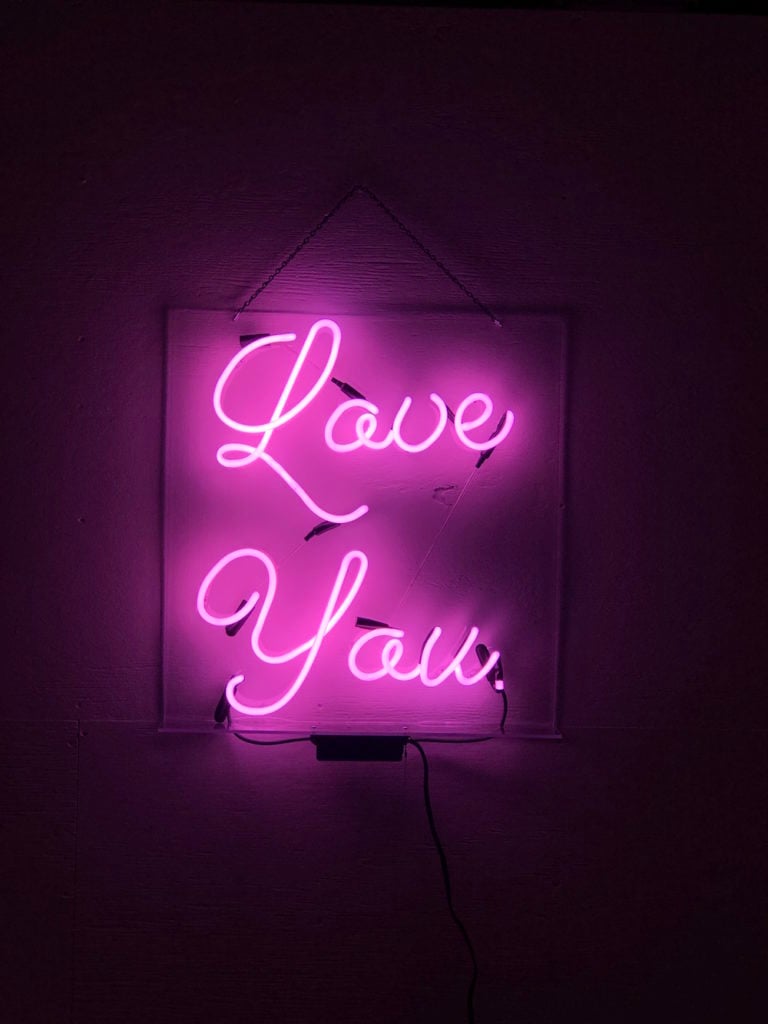
Galleries are getting creative about ways to give back.

Eileen Kinsella

Like most independently owned businesses, art galleries are grappling with the fallout from the global pandemic, the canceled exhibitions and indefinite closures wreaking havoc on their finances and that of their artists. Nevertheless, many galleries are adapting to the times with initiatives intended to simultaneously keep their own businesses afloat and aid those in most urgent need of support during the crisis.
One of the main ways galleries are stepping up is by donating a percentage of their sales to charity. Galerie Lelong, for example, is giving 10 percent of the proceeds from its recently launched online group show “Red” to Heart to Heart International, an organization that aims to improve health access worldwide, particularly to communities impacted by crises.
The initiative was modeled off of past philanthropic undertakings at the gallery. “Many of the gallery artists’ works reflect a high degree of social awareness and consciousness,” says director Mary Sabbatino. “Previously, when the refugee crisis was at a zenith and we made a booth at Frieze focused on this theme, we donated a portion of the sales to the International Rescue Committee.”
For any sales made, the donation will come out of the gallery’s portion. “It’s a hard time for all of us and harder for the artists,” Sabbatino says.
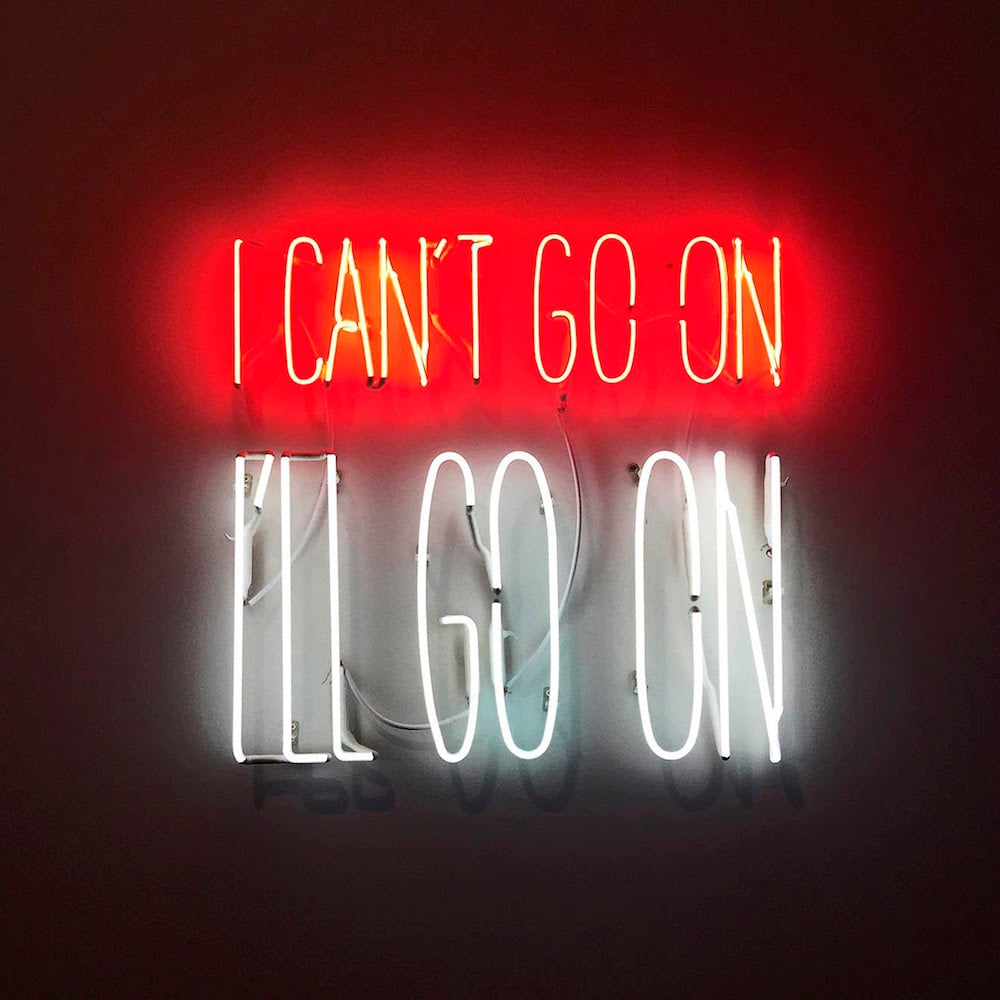
Alfredo Jaar, I Can’t Go On. I’ll Go On (2016). Image courtesy of the artist and Galerie Lelong.
The Journal Gallery in Tribeca has launched a similar initiative, in which it is donating part of the gallery’s side of sales made over its online platform, called Tennis Elbow Window, to the Food Bank for New York City, City Meals on Wheels, and No Kid Hungry.
“We wanted to keep the gallery’s donation local and New York-focused, benefiting the ones that are the most affected by the pandemic: the elderly, children from economically challenged backgrounds, and people in need of food during this time,” said gallery cofounder Michael Nevin.
“We decided that we were able to donate 10 percent of our end of the sale while still allowing the gallery a source of income to continue operations, including keeping staff,” said cofounder Julia Dippelhofer.
Some artists have chosen to match the gallery’s donation, or have designated a charity of their own. Last week, The Journal Gallery introduced a new work by artist Darren Bader, who opted to donate 100 percent of his end of the sale to the Workers Justice Project COVID-19 Jornalera Relief Fund.
“If a collector were to want to match the donation, of course we would be thrilled, but the point is that we want to donate, we are not trying to tell people what to do,” Dippelhofer said.
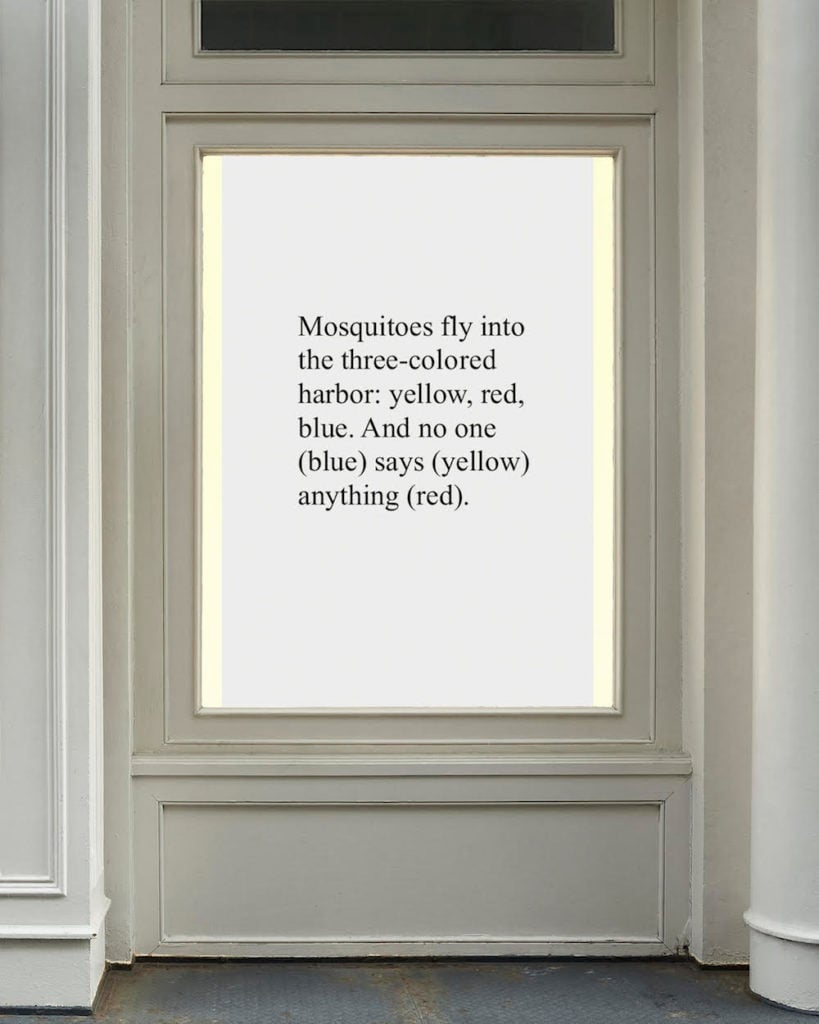
Darren Bader, Mosquitoes fly into the three-colored harbor: yellow, red, blue. And no one (blue) says (yellow) anything (red). (2020). Photo by Elisabet Davidsdottir. Image courtesy of the artist and Journal Gallery.
Meanwhile, Gavin Brown’s Enterprise is also donating 10 percent of sales from its online viewing room to five organizations in the two cities where it operates, New York and Rome: Comunità di Sant’Egidio, Harlem United, NYC Health + Hospitals Donation Fund, the Studio Museum Fund, and UNICEF Italia.
Up-and-coming gallerists are joining the effort as well—and sometimes giving even more. Tribeca dealer Monica King, a veteran of both Pace and Kasmin galleries, had only been open under her own name for less than a year when the pandemic hit. Her “Spring to Action” initiative on her website will donate 25 percent of a work’s total proceeds to Feed the Frontlines, an organization providing meals to hospital workers around New York City (with King and the artist each giving 12.5 percent).
“I spent quite some time in my early ‘quarantine days’ deciding which organization was a good fit,” King told Artnet News in an email. “I liked that Feed the Frontlines wasn’t a traditional charity, as they aren’t a 501(c)(3) charity per se. This isn’t about tax deductions—far from it.” Instead, King calls the organization “a true grassroots movement started by a local business owner who was looking to make a heartfelt and direct difference during an immensely difficult time in the world.”
As of April 21, the auction had sold 14 works by nine artists. New works and artists are being added daily to the initiative, which currently features 100 works by 46 artists.
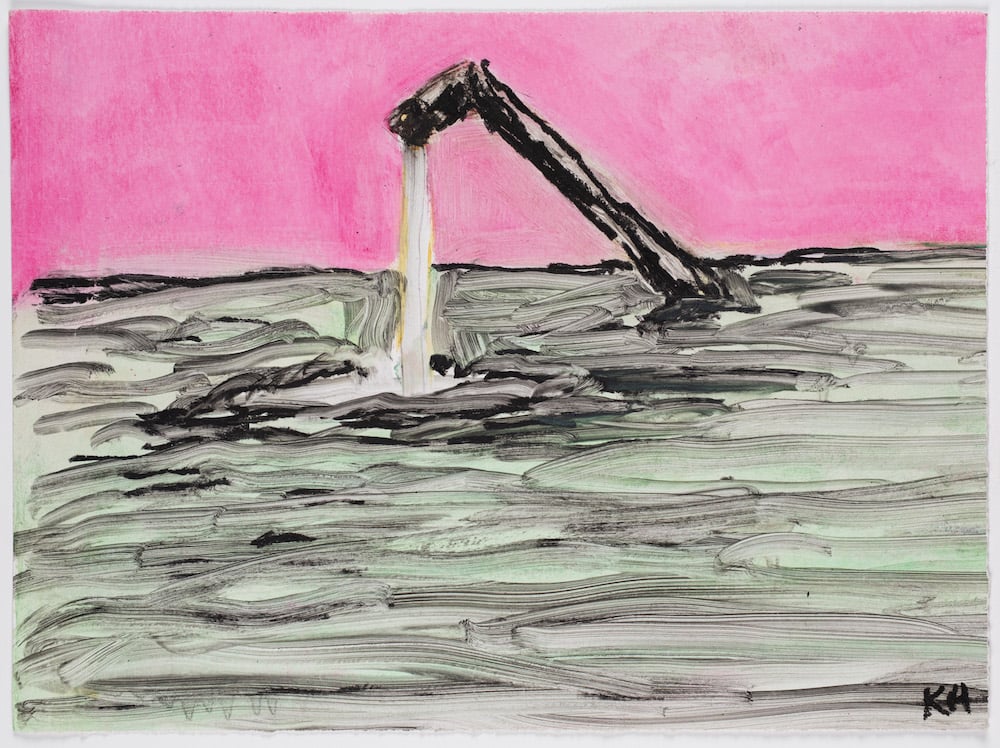
Kathleen Henderson, Outtake Drawing #156 (2020). Image courtesy of Track 16 Gallery, Los Angeles.
Los Angeles gallery Track 16 had already been donating 50 percent of the proceeds from artist Kathleen Henderson’s series of “Outtakes” drawings, priced at $250 each, to the Navajo Nation to help register voters. (The artist and the gallery each donate 25 percent of their share.)
“Now we’re pivoting to donate 50 percent of these sales to the DigDeep Navajo Water Project to help Navajo communities and local hospitals confront COVID-19 surges,” says owner Sean Meredith. “The Navajo Nation is struggling with a high infection rate, compounded by a serious lack of access to clean water. DigDeep is bringing Navajo families clean running water critical to controlling the spread of the COVID-19.”
More recently, the gallery added to its donations with a new initiative under which it donates between 25 percent and 50 percent of sale proceeds from artist Galia Linn’s works to the LA Regional Food Bank.
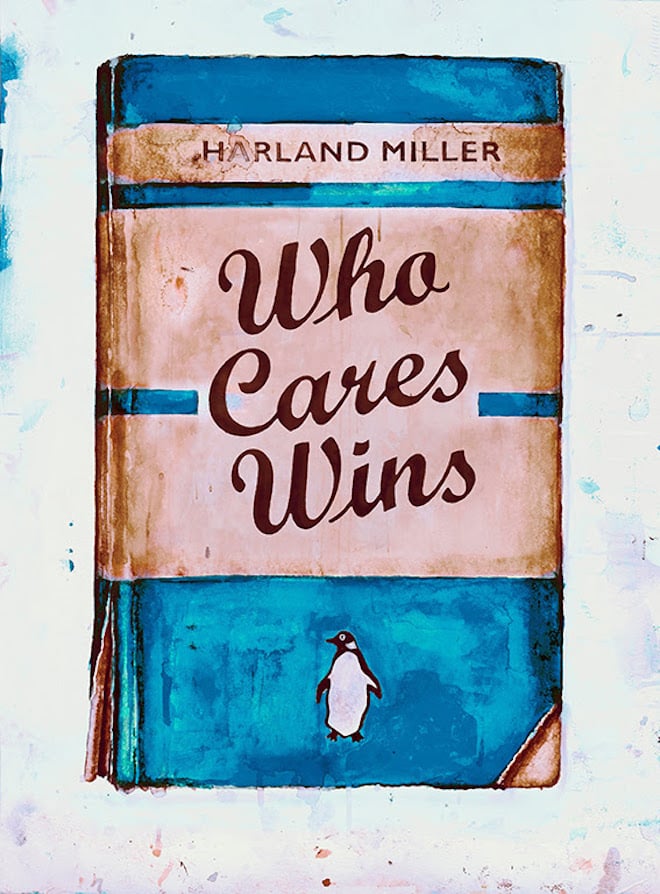
Harland Miller, Who Cares Wins (2020). Image courtesy the artist and White Cube.
On the pricer end of the spectrum, White Cube and artist Harland Miller are releasing a special limited-edition signed print, Who Cares Wins (2020), with the artist’s signature book-cover art in an effort to raise £1.25 million ($1.6 million) in support of frontline health workers. The 250 prints will be priced at £5,000 ($6,200) each.
The gallery will donate the funds to the UK’s National Emergencies Trust, the New York Community Trust, HandsOn Hong Kong, as well as the York Teaching Hospital Charity in Yorkshire, England, “reflecting Miller’s close relationship with his hometown of York,” according to a statement from the gallery.